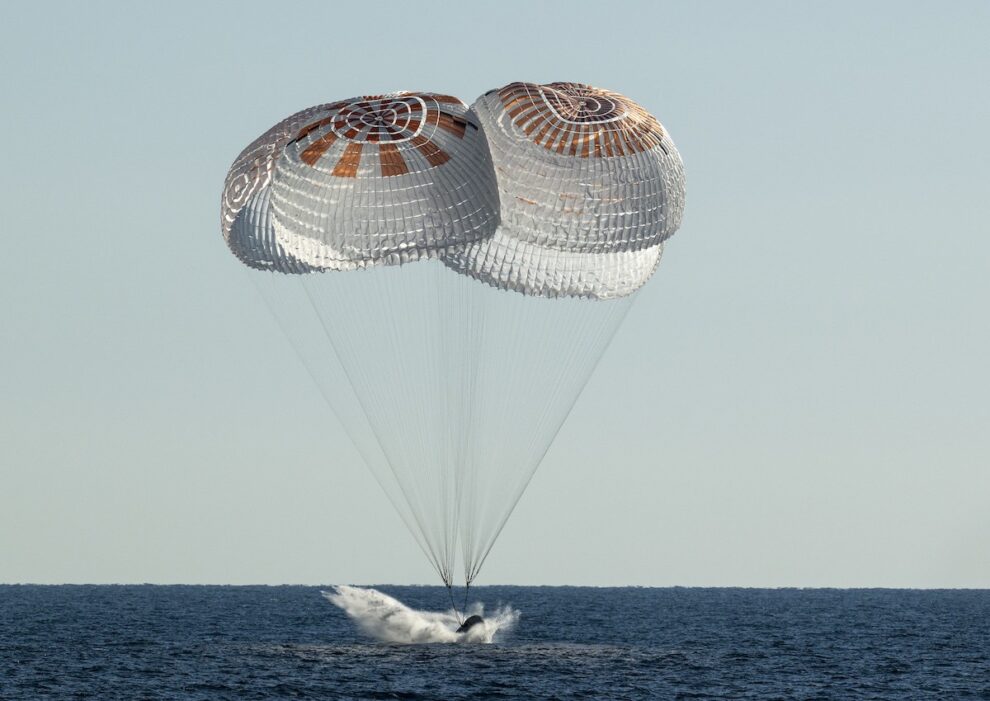Space might seem, well, totally detached from Earthly issues, but in reality, even the most advanced missions are still very much at the mercy of our planet’s unpredictable atmosphere. That became clear recently when the SpaceX Cargo Dragon spacecraft—on its 32nd commercial resupply services mission (CRS-32)—had its scheduled undocking from the International Space Station (ISS) pushed back because of poor weather off the California coast. What was supposed to happen on May 22 got bumped to May 23. It’s a simple reminder: Earth’s weather still holds significant sway over the safety and timing of space operations.
The Science Aboard: Why Every Delay Matters
The Dragon isn’t just a delivery truck in space. It’s more like a vital courier for scientific experiments, some of which can’t easily be replicated. Every delay risks the integrity of these precious returns.
On this mission, the CRS-32 Dragon is carrying some key items back to Earth, including:
- MISSE-20 Material Samples: These are part of the Multipurpose International Space Station Experiment, exposing various materials to the harsh realities of space. The data gained here is essential for developing tougher, more durable spacecraft materials and habitats in the future.
- Astrobee Robot: A free-flying robot assistant designed to help astronauts with routine tasks and even conduct experiments.
- REACCH Technology Demonstration: Short for Responsive Engaging Arms for Captive Care and Handling, it’s another tech demonstration exploring robotic capabilities.
- Rotational Items and Non-Recyclables: Important station supplies being cycled out, plus waste materials.
Because these samples and experiments are so sensitive, the return has to be just right. If conditions during splashdown aren’t optimal, the risk of damage rises, potentially undermining months or even years of work. So weather isn’t just an inconvenience—it’s mission-critical.
Understanding the Delay: More Than Just Rain
Delaying a spacecraft’s return isn’t as simple as waiting for blue skies. Mission control teams follow stringent safety rules that consider multiple factors before greenlighting a splashdown.
They look closely at:
- Wind Speed: Strong gusts near the splashdown area can make recovery operations dangerous—for both crew and equipment.
- Wave Height and Period: Rough seas complicate the retrieval of the capsule. It’s not just about splashdown, but how stable recovery vessels are afterward.
- Rain and Visibility: Heavy rain or poor visibility can disrupt tracking and helicopter operations critical for recovery.
- Lightning: Any nearby electrical activity poses a significant risk to ground and air crews.
NASA and SpaceX’s teams constantly monitor these conditions, using detailed forecasts and real-time data. If the weather parameters are borderline—or worse—they’ll make the tough call to “wave off” the undocking, usually postponing it by 24 to 48 hours until conditions improve.
The Undocking Process: A Dance in Orbit
When the weather finally cooperates, the Dragon’s departure from the ISS unfolds like a carefully choreographed routine:
- Preparation: Astronauts secure the cargo and close the hatch, then run final system checks.
- Autonomous Undocking: The spacecraft detaches itself from the ISS’s Harmony module, typically at the zenith port facing space.
- Departure Burns: Once clear, Dragon fires thrusters to back away safely, then performs deorbit burns to set course for Earth.
- Re-entry and Splashdown: The capsule endures intense heat during atmospheric re-entry. Parachutes deploy to slow the descent, aiming for a gentle splashdown in the Pacific Ocean.
While most of this is automated, mission control stays closely involved, especially watching the weather where the capsule will land.
Impact on ISS Operations and Future Missions
At first glance, a one-day delay might seem minor, but it highlights just how finely tuned the ISS schedule really is. Every docking and undocking maneuver depends on precise timing, with resources and orbital mechanics all playing a part. Delays create ripple effects, sometimes pushing back other cargo missions or crew rotations.
The fact that splashdown zones must meet strict weather criteria also shapes how agencies plan missions—underscoring the importance of flexibility and backup plans in space logistics. As commercial spaceflight expands, managing these kinds of weather-related delays becomes even more crucial.
Awaiting the Return
The SpaceX CRS-32 Dragon mission reflects the ongoing partnership between NASA and SpaceX in supporting the ISS and pushing the boundaries of human exploration. This brief weather delay, while frustrating, serves as a reminder that space travel—despite all our tech—remains vulnerable to Earth’s natural forces.
Now, as the teams monitor the skies and seas, the Dragon capsule is ready to come home, bringing with it scientific discoveries that might just shape humanity’s next steps beyond our planet.








